The Encyclopedia of
Epic Films
The Encyclopedia of
Epic Films
Constantine Santas
James M. Wilson
Maria Colavito
Djoymi Baker
ROWMAN & LITTLEFIELD
Lanham Boulder New York Toronto Plymouth, UK
Published by Rowman & Littlefield
4501 Forbes Boulevard, Suite 200, Lanham, Maryland 20706
www.rowman.com
10 Thornbury Road, Plymouth PL6 7PP, United Kingdom
Copyright 2014 by Rowman & Littlefield
All rights reserved . No part of this book may be reproduced in any form or by any electronic or mechanical means, including information storage and retrieval systems, without written permission from the publisher, except by a reviewer who may quote passages in a review.
British Library Cataloguing in Publication Information Available
Library of Congress Cataloging-in-Publication Data
Santas, Constantine.
The encyclopedia of epic films / Constantine Santas, James M. Wilson, Maria Colavito, Djoymi Baker.
pages cm
Includes bibliographical references and index.
ISBN 978-0-8108-8247-8 (cloth : alk. paper) ISBN 978-0-8108-8248-5 (ebook) 1. Epic filmsEncyclopedias. I. Wilson, James M., 1959 II. Colavito, Maria Maddalena. III. Baker, Djoymi, 1972 IV. Title.
PN1995.9.E79S25 2014
791.43'65803dc23 2013033410
 The paper used in this publication meets the minimum requirements of American National Standard for Information SciencesPermanence of Paper for Printed Library Materials, ANSI/NISO Z39.48-1992.
The paper used in this publication meets the minimum requirements of American National Standard for Information SciencesPermanence of Paper for Printed Library Materials, ANSI/NISO Z39.48-1992.
Printed in the United States of America
Acknowledgments
I would like to thank Stephen Ryan, senior acquisitions editor at Rowman & Littlefield, for his vision in conceiving this epic project, and then giving my coauthors and myself the opportunity to bring it to fruition. Id like to thank my brother, Dr. Gerasimos Santas, of University of California, Irvine, for his unrelenting support and continuing philosophical discussions of Platonic and Aristotelian ideas on the ancient epic; scholar/librarian Joseph M. Dmohowski, of Whittier College, for sending materials and copies of his own works and for his two-year correspondence on subjects related to epic film; L. Robert Morris of Toronto, Canada, author of Lawrence of Arabia , for his assistance, long telephone calls, and discussions on the epic film; Greek scholars Dr. Spyros Vrettos and his wife, Dr. Vivi Kopsida-Vrettou, for their ideas on the epic and continued support of my project; and finally Dr. Peter Lardner, son of Ring Lardner Jr., for loaning me his sisters, Kate Lardners, book, Shut Up, He Explained: The Memoir of a Blacklisted Kid , which gives a vivid picture of the era of blacklisted authors, Michael Wilson, Carl Foreman, and other screenwriters of epic scripts during the House Un-American Activities Committee investigations. I would also like to express my thanks to my colleagues and coauthors in this project for their hard and inspiring work, and to my family, Mary, Xen, Ari, and Christiana, for their heartfelt support. And a note of thanks to Danielle Costello, of Valdosta State University, for helping me put the manuscript together and for Harikleia Sirmans for compiling the index.
The following are my colleagues notes on the subject:
Dr. Djoymi Baker would like to acknowledge the support of her family, Paul, Ava, and Finn, throughout the lengthy writing process, as well as the assistance of the library staff at the University of Melbourne.
Dr. James M. Wilson would like to thank Peggy Dyess and Diane Nyquist, of Flagler College, for their research assistance; Steve Skipp and Chris Chaya for their audio visual magic; and Alan Woolfolk, vice president of Academic Affairs, for sabbatical time. A special thanks to Dr. Leonard R. Bruguier for his inspiration ( Mitakuye Oyasin ) and Tamara Wilson for her support and love.
Dr. Colavito would like to thank Dr. Constantine Santas and his wife, Mary, for their support and guidance throughout the journey; Dr. Antonio de Nicolas, her husband and mentor, for always providing encouragement; Dr. Rex Emerick, colleague and friend, who helped her with project management and general good counsel; and lastly her maternal grandparents, who taught her the art of ancient technologies and how every picture tells a story , even the moving ones.
Constantine Santas
Introduction
Definitions and Aims
B efore it became a term in film, epic was known from the literary tradition, going back millennia. The word ep ic itself derives from the Greek epos, meaning word, tale, story, a prophecy, oracle, and, in literary terms, a poem written in heroic verse, that is, poetry composed in hexameter dactylic lines, or heroic measure, as are the poems of Homer. Western and world literatures are filled with epics: Babylonian, Greek, Roman, Hindu, Anglo-Saxon, African, and other literary masterpieces can be cited, but language has retained and used the term epic to describe a real-life event, an achievement that entails great effort, a struggle to attain something important, or to describe an action that brings about admirable results. Any venture of large proportionsa war, a trek, an explorationcould be, and has been, categorized as an epic. A social struggle, a trial, a lengthy football game going into overtime, an election campaign of unusual lengththese endeavors associated with size, length, complexity, and heroic action could be classified as epics. In the fictional sense, the word goes back to numerous literary works in the West and throughout the worldtales of fights against monsters, of hard-fought victories, lengthy adventures, and heroic achievements of many kinds.
When film came into existence in the late nineteenth and early twentieth centuries, it adopted the term epic for films that were lengthy, spectacular, live with action, and often filmed in exotic locales, with large casts and budgets big enough to often intimidate producers and directors, but the effort and extravagance needed to mount an epic film paid off handsomely at the box office, for the genre became a favorite with audiences almost immediately. It survived the tribulations of World War I, World War II, and the Great Depression, and it has retained its basic characteristics of size and glamor for more than 100 years. Length was, and is, one of these traits, as franchises have replaced the once monolithic three to four hours duration of past eras. Popular stars as leads have studded epic yarns, and epics have given rise to new stars: Clark Gable was a sure bet for Gone with the Wind (1939), but Peter OToole rose to stardom with Lawrence of Arabia (1962), and Harrison Ford found his fortunes with the Indiana Jones franchise, which lent him his big-screen image in the late twentieth century. From Greta Garbo and Elizabeth Taylor, to Meryl Streep, Sigourney Weaver, and Natalie Portman, women, too, have held their status or rose to fame as leads in epics. Even youthDaniel Radcliffe in the Harry Potter series (2002) and Elijah Wood in the Lord of the Rings trilogy (2001)have joined the company of superheroes, helping to attract, and pin to their seats, the younger generations of theatergoers. Spectacular action, lengthy adventure sequences filled with suspense and danger, and monstrous villains and daredevil heroes have captured the imagination of audiences, and although the form has evolved during its many decades of existence, these elements have been retained, refined, and modernized to suit the tastes of each new generation.
The enormous appetite of audiences for adventure spectacle has had its effects, some immediate and palpable: epics have often broken box-office records and garnered more Oscars and other awards than any other genre in film. Some examples include D. W. Griffiths The Birth of a Nation (1915), which netted $18 million, an enormous amount for the times, and Gone with the Wind , David O. Selznicks epic of the Civil War, which made more than $77 million in its initial opening, a record that was not broken for decades, in addition to its thirteen Oscar nominations and eight Oscar wins. Ben-Hur (1959) netted eleven Oscars, a record that was not broken until Titanic (1997), and The Lord of the Rings: The Return of the King (2003) also garnered eleven wins. The Lord of the Rings trilogys (20012003) box-office returns are estimated to have neared $3 billion, and some of todays superhero blockbusters have opening weekends that pull in $50 million to $100 million. Todays big franchises, for instance, Star Wars and Harry Potter, count their worldwide grosses in billions, and the trend does not seem to show signs of taking a plunge any time soon.
Next page

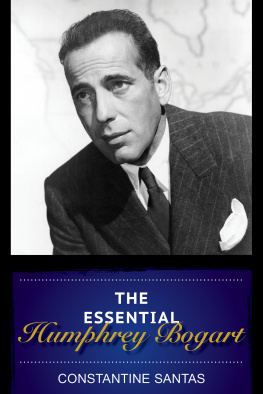
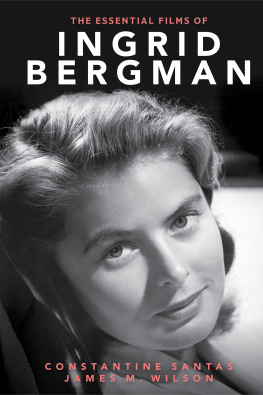

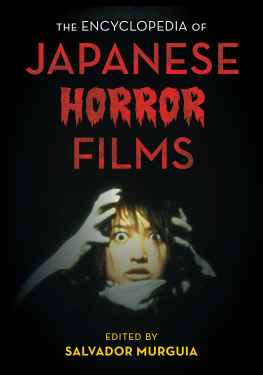
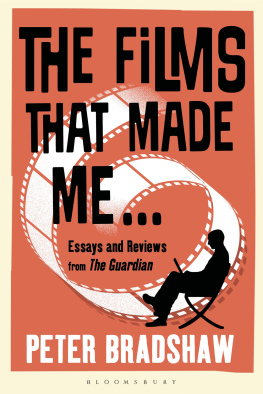

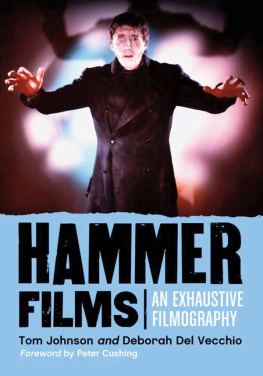
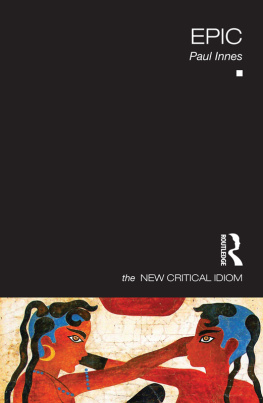
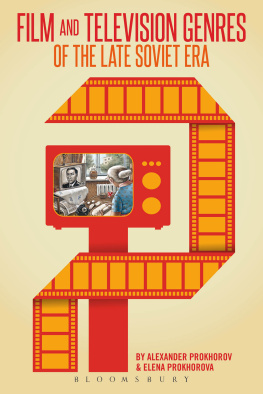
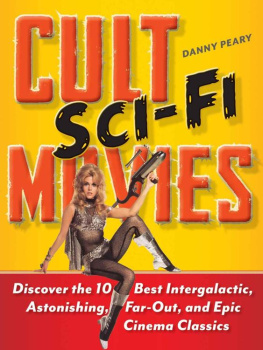
 The paper used in this publication meets the minimum requirements of American National Standard for Information SciencesPermanence of Paper for Printed Library Materials, ANSI/NISO Z39.48-1992.
The paper used in this publication meets the minimum requirements of American National Standard for Information SciencesPermanence of Paper for Printed Library Materials, ANSI/NISO Z39.48-1992.